Home>Furniture & Design>Bathroom Accessories>How To Prevent Shower Caddy From Falling
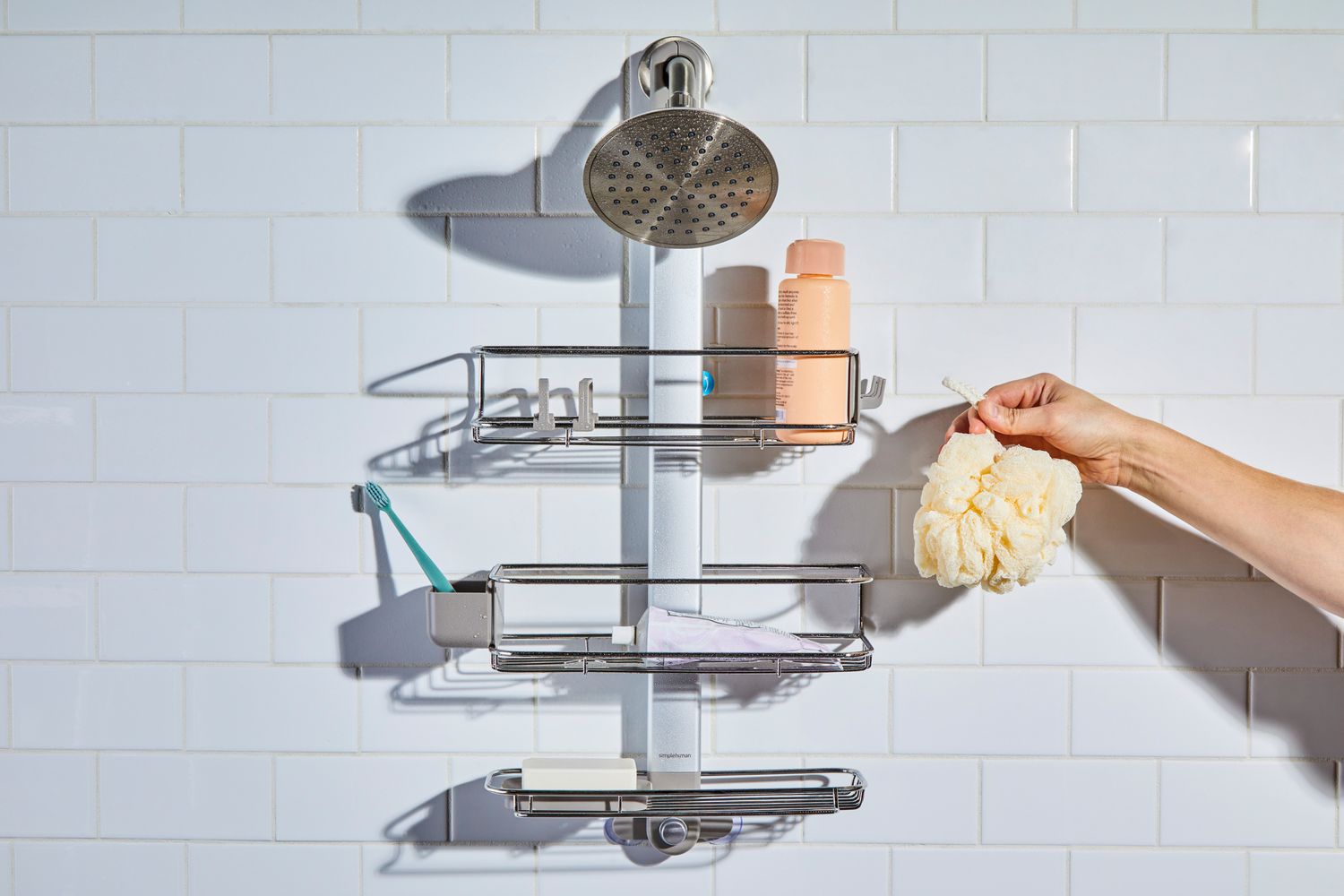

Bathroom Accessories
How To Prevent Shower Caddy From Falling
Modified: October 18, 2024
Learn effective ways to prevent your shower caddy from falling in the bathroom. Discover practical tips and bathroom accessories to keep your shower caddy secure and organized.
(Many of the links in this article redirect to a specific reviewed product. Your purchase of these products through affiliate links helps to generate commission for Storables.com, at no extra cost. Learn more)
Choose the Right Shower Caddy
Selecting the right shower caddy is crucial in preventing it from falling and ensuring it meets your specific needs. With a myriad of options available, it's essential to consider several factors before making a purchase.
-
Material: Opt for a shower caddy made of durable and rust-resistant materials such as stainless steel, aluminum, or plastic. These materials can withstand the humid environment of the bathroom and are less prone to corrosion, prolonging the caddy's lifespan.
-
Size and Capacity: Assess the size of your shower space and the number of toiletries and accessories you need to store. Choose a caddy with adequate shelves and hooks to accommodate your items without overcrowding the space. An overcrowded caddy can lead to instability and an increased risk of falling.
-
Design and Configuration: Consider the layout of your shower area when selecting a caddy. For showers with limited space, corner caddies are an excellent choice as they maximize the use of available space without obstructing movement. Additionally, opt for a caddy with adjustable shelves or versatile storage options to accommodate items of various sizes and shapes.
-
Suction Cups or Tension Pole: If you prefer a caddy that hangs from the showerhead or attaches to the wall, ensure that it features reliable suction cups or secure mounting mechanisms. For those who opt for tension pole caddies, ensure that the pole is adjustable and can be securely positioned between the floor and ceiling to prevent wobbling.
-
Aesthetic Appeal: While functionality is paramount, the aesthetic appeal of the shower caddy should not be overlooked. Choose a design that complements your bathroom decor and adds a touch of style to the space.
By carefully considering these factors and selecting a shower caddy that aligns with your specific requirements, you can significantly reduce the risk of it falling and enhance the organization and functionality of your shower space.
Key Takeaways:
- Choose a shower caddy made of durable materials like stainless steel or plastic to prevent it from falling. Consider size, design, and installation for a stable and stylish bathroom organization solution.
- Regularly maintain and inspect your shower caddy to prevent it from falling. Clean and distribute items evenly, and consider alternative storage options like adhesive hooks or tension rods for a secure and customizable shower space.
Read more: How To Prevent A Shower Rod From Falling
Proper Installation of the Shower Caddy
Proper installation of a shower caddy is essential to ensure its stability and longevity. Whether you have opted for a hanging caddy, tension pole caddy, or wall-mounted caddy, following the correct installation process is crucial in preventing it from falling and causing inconvenience or potential damage. Here's a detailed guide on the proper installation of different types of shower caddies:
Hanging Shower Caddy
When installing a hanging shower caddy, it's important to ensure that it is securely attached to the showerhead to prevent it from slipping or swaying. Begin by carefully positioning the caddy beneath the showerhead, allowing enough clearance for the water to flow freely. Once in position, adjust the caddy's hanging mechanism to securely grip the showerhead without causing strain or imbalance. Verify that the caddy is level and stable before loading it with toiletries and accessories.
Tension Pole Caddy
For tension pole caddies, the installation process involves adjusting the pole to fit securely between the floor and ceiling of the shower area. Start by extending the pole to the appropriate height, ensuring a snug fit without excessive force. Once the pole is positioned, tighten it to create a firm grip between the floor and ceiling. It's crucial to periodically check the tension and readjust the pole if necessary to maintain its stability over time.
Wall-Mounted Shower Caddy
When mounting a shower caddy on the wall, it's imperative to choose a suitable location that allows for easy access to your toiletries while ensuring the structural integrity of the installation surface. Use a stud finder to locate the wall studs, as they provide the most secure anchor points for mounting the caddy. If studs are not available in the desired location, use high-quality wall anchors to support the weight of the caddy and its contents. Ensure that the mounting hardware is tightened securely to prevent the caddy from becoming loose over time.
By following the appropriate installation procedures for your specific type of shower caddy, you can minimize the risk of it falling and experiencing instability. Additionally, regularly inspect the installation to identify any signs of wear or loosening, and promptly address any issues to maintain the caddy's secure positioning. Proper installation not only enhances the functionality of the shower caddy but also contributes to a safer and more organized shower space.
Read more: How To Remove Adhesive From A Shower Caddy
Regular Maintenance and Inspection
Regular maintenance and inspection are essential practices to uphold the stability and functionality of your shower caddy. By incorporating these routines into your bathroom care regimen, you can proactively address potential issues and prevent the caddy from falling or becoming compromised over time. Here's a detailed guide on how to effectively maintain and inspect your shower caddy:
Cleaning and Rust Prevention
Regular cleaning is paramount to prevent the accumulation of soap scum, mineral deposits, and mildew on the caddy's surfaces. Use a mild bathroom cleaner or a solution of vinegar and water to remove any buildup, ensuring that the caddy remains free from obstructions that could compromise its stability. Additionally, consider the material of your caddy when selecting cleaning products to avoid damage or corrosion.
For metal caddies, such as stainless steel or aluminum, it's crucial to dry the surfaces thoroughly after cleaning to prevent the formation of rust. Inspect the caddy for any signs of rust or corrosion, especially in areas prone to moisture exposure. Promptly address any rust spots by gently scrubbing them with a rust remover and applying a rust-resistant coating to protect the caddy's integrity.
Secure Attachment and Stability Checks
Periodically inspect the attachment points of your shower caddy to ensure that it remains securely fastened. For hanging caddies, verify that the hanging mechanism maintains a firm grip on the showerhead without slipping or causing imbalance. Tension pole caddies should be checked for any signs of wobbling or instability, and the tension should be readjusted if necessary to maintain a secure fit between the floor and ceiling.
If you have a wall-mounted caddy, examine the mounting hardware and attachment points for any loosening or wear. Tighten the mounting screws or brackets as needed to uphold the caddy's stability. Additionally, assess the condition of the wall surface and reseal any gaps or cracks around the mounting area to reinforce the caddy's support.
Load Distribution and Overcrowding Prevention
Regularly evaluate the items stored on the caddy to ensure that the load is distributed evenly across the shelves and hooks. Overcrowding the caddy with excessive weight or an uneven distribution of items can lead to instability and an increased risk of falling. Consider decluttering the caddy and reorganizing the items to maintain a balanced load that does not strain the caddy's structure.
By incorporating these maintenance and inspection practices into your bathroom maintenance routine, you can prolong the lifespan of your shower caddy and minimize the likelihood of it falling or experiencing instability. These proactive measures contribute to a safer and more organized shower space, enhancing your overall bathing experience.
Read more: What Is A Shower Caddy
Use of Adhesive Hooks or Tension Rods
In addition to traditional shower caddy options, the use of adhesive hooks or tension rods presents an innovative and versatile approach to organizing shower essentials. These alternative solutions offer convenience and flexibility, catering to various shower configurations and personal preferences. Whether you have limited space, prefer a non-permanent installation, or seek a customizable storage solution, adhesive hooks and tension rods can effectively prevent the risk of a shower caddy falling while optimizing the functionality of your shower space.
Adhesive Hooks
Adhesive hooks provide a simple and non-invasive method of creating storage space in the shower area. These hooks are designed to adhere securely to smooth, non-porous surfaces such as tiles, glass, or acrylic, eliminating the need for drilling or permanent fixtures. When utilizing adhesive hooks for shower storage, it's essential to select high-quality hooks specifically designed for wet environments. Opt for hooks with waterproof and durable adhesive properties to ensure long-term stability.
To maximize the effectiveness of adhesive hooks, consider the weight-bearing capacity of the hooks and the items to be hung. Lightweight shower accessories such as loofahs, razors, or small caddies are ideal for adhesive hooks. However, it's important to avoid overloading the hooks to prevent them from losing their adhesive strength over time. Regularly inspect the hooks and reapply them as needed to maintain their secure attachment and prevent any potential falling hazards.
Tension Rods
Tension rods offer a versatile and adjustable solution for creating additional storage within the shower enclosure. These rods can be easily installed without the need for drilling or permanent fixtures, making them an ideal choice for renters or individuals seeking a non-permanent storage option. When using tension rods for shower organization, it's crucial to select rods made of durable materials such as stainless steel or rust-resistant aluminum to withstand the humid shower environment.
To effectively utilize tension rods, measure the width of your shower space to ensure a proper fit. Adjust the tension rod to the appropriate length and securely position it between the walls or within a recessed area of the shower. Once in place, consider adding shower caddies, baskets, or hanging organizers to the tension rod to create customized storage solutions tailored to your specific needs. Regularly check the tension and readjust the rod as necessary to maintain its stability and prevent any risk of slipping or falling.
By incorporating adhesive hooks or tension rods into your shower organization strategy, you can effectively prevent the risk of a shower caddy falling while optimizing the use of space and enhancing the functionality of your shower area. These alternative storage solutions offer flexibility, convenience, and customization, allowing you to create a personalized shower storage system that meets your unique requirements.
Frequently Asked Questions about How To Prevent Shower Caddy From Falling
Was this page helpful?
At Storables.com, we guarantee accurate and reliable information. Our content, validated by Expert Board Contributors, is crafted following stringent Editorial Policies. We're committed to providing you with well-researched, expert-backed insights for all your informational needs.
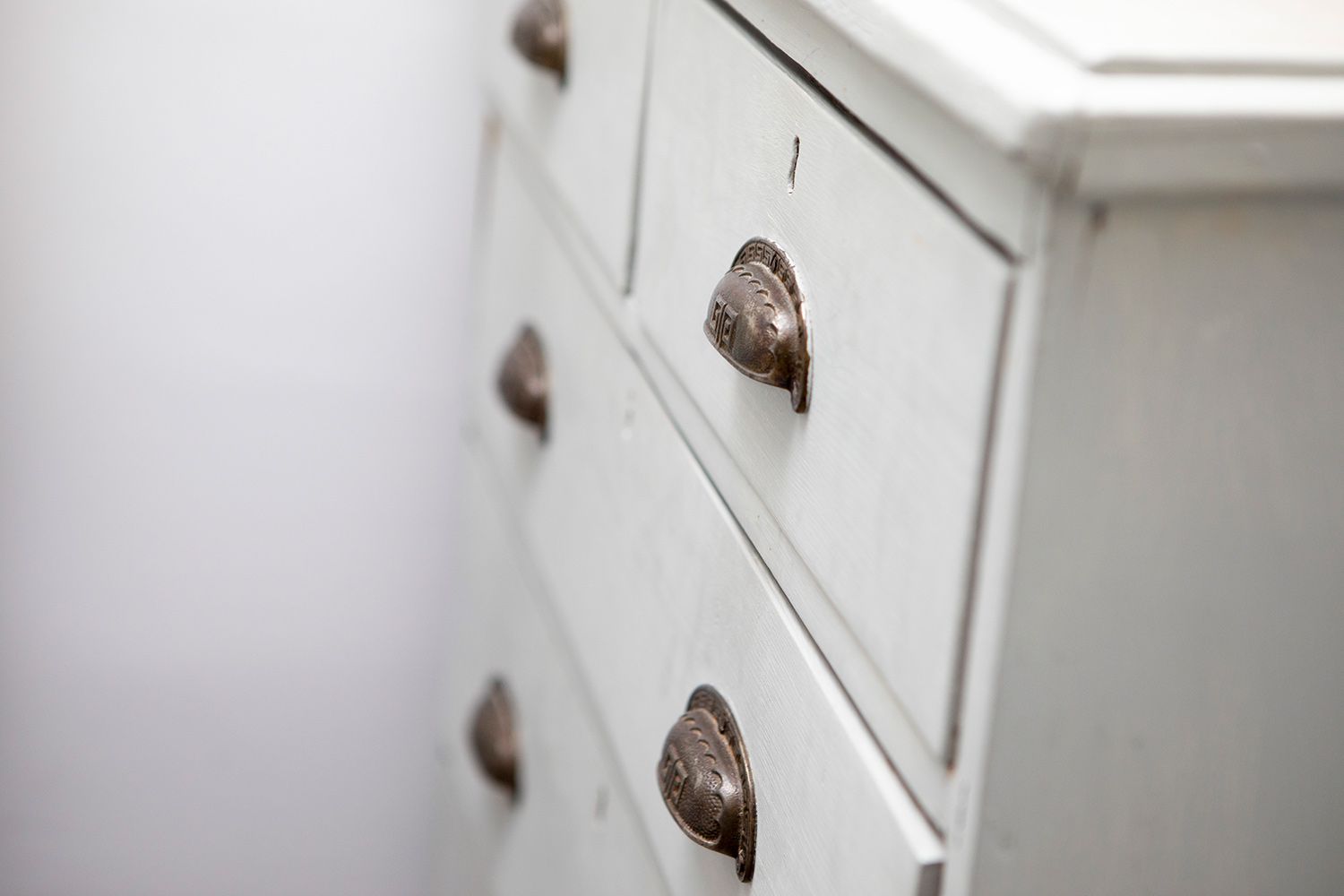


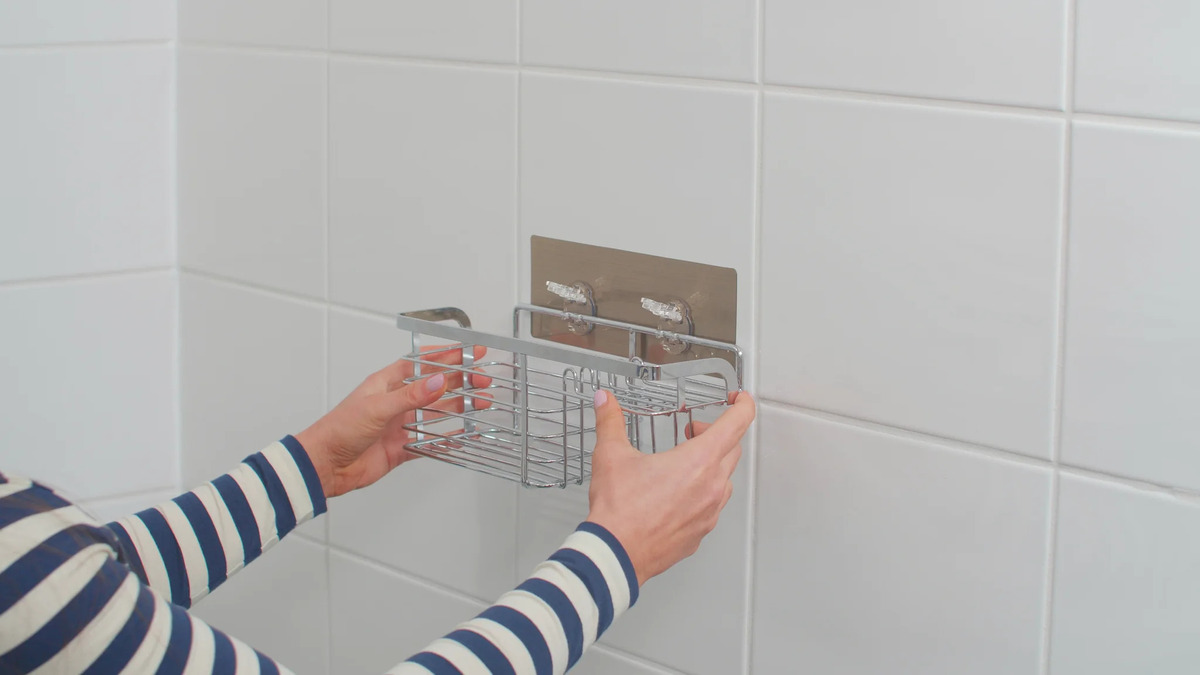
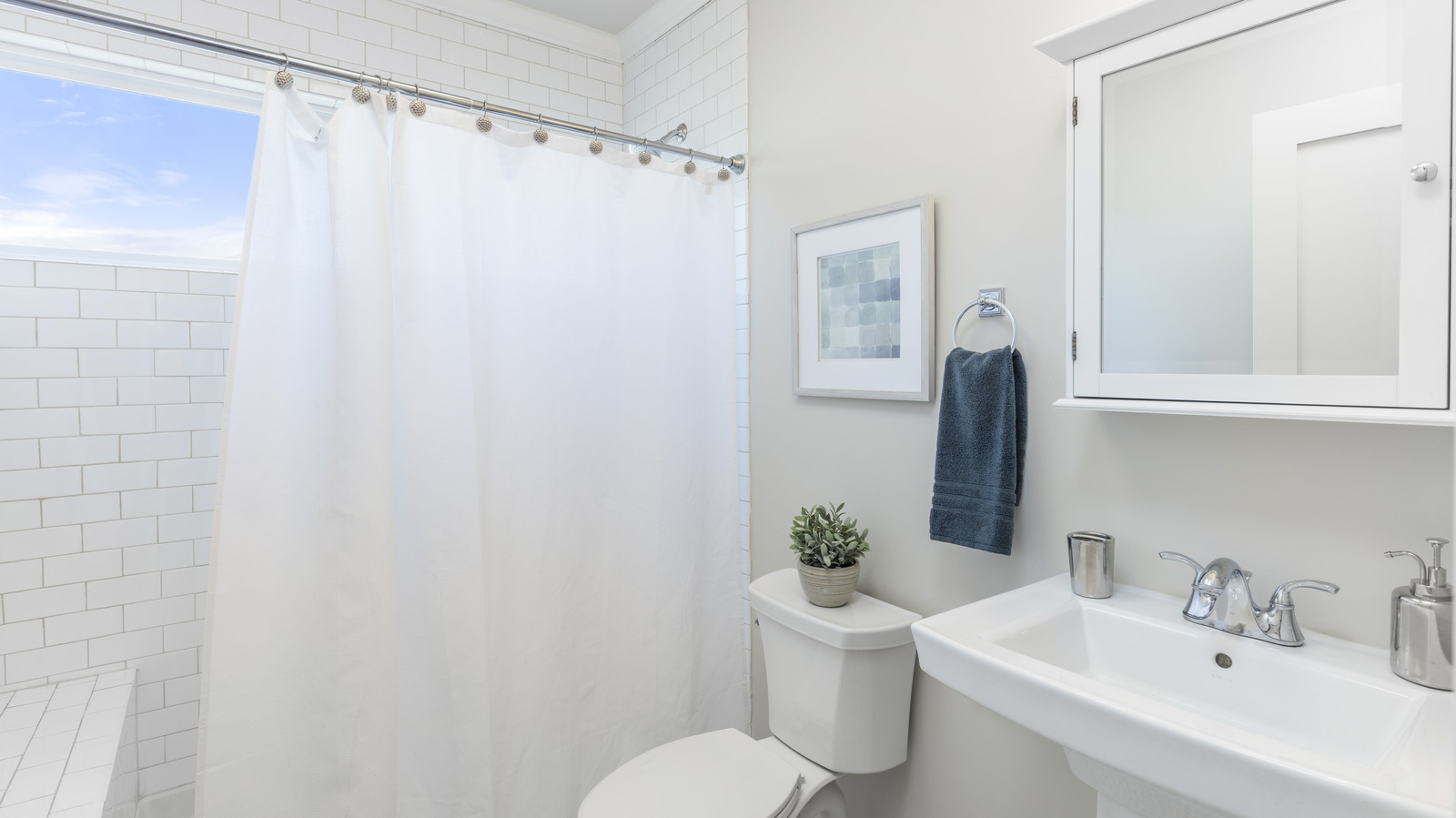
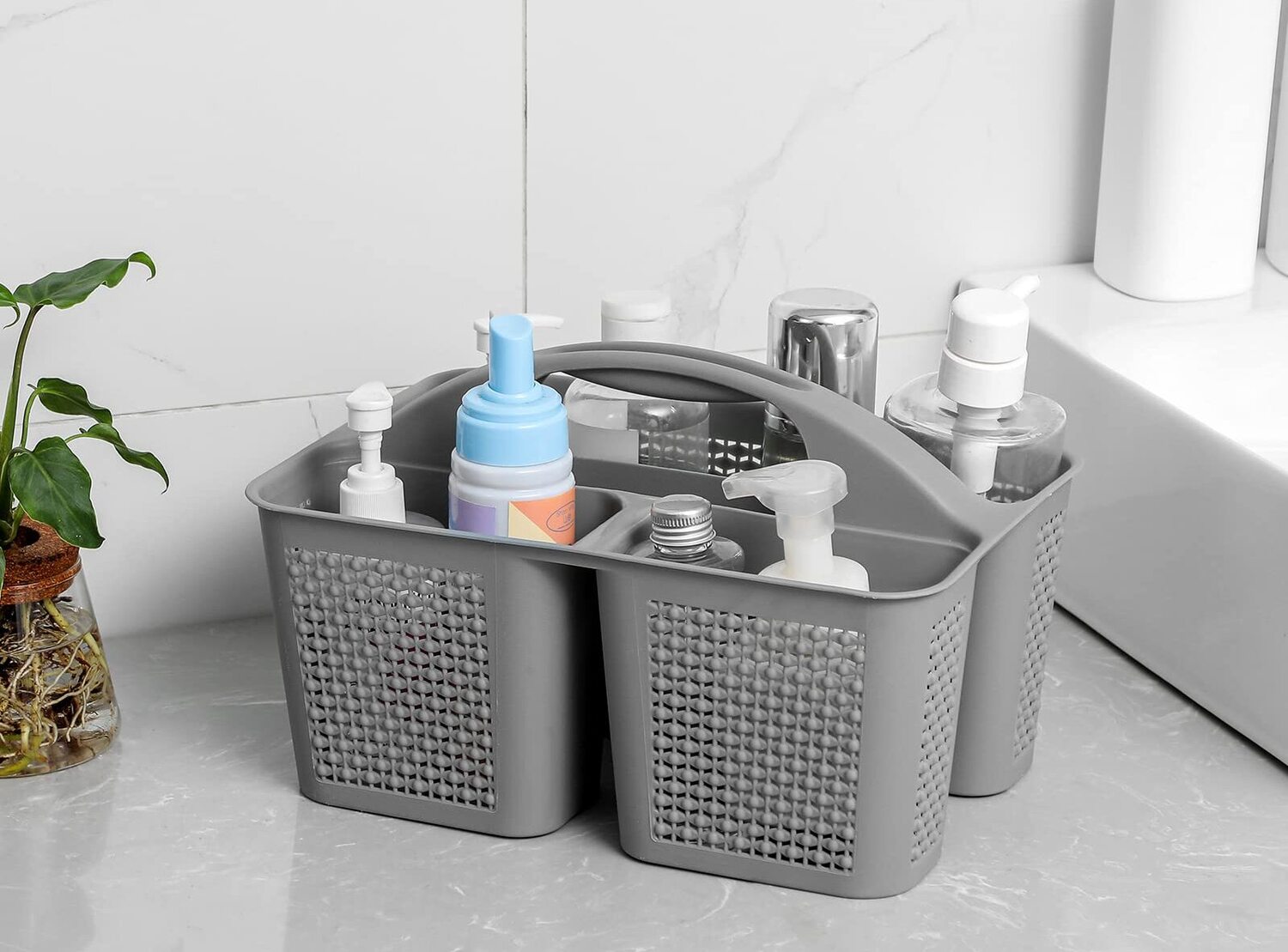
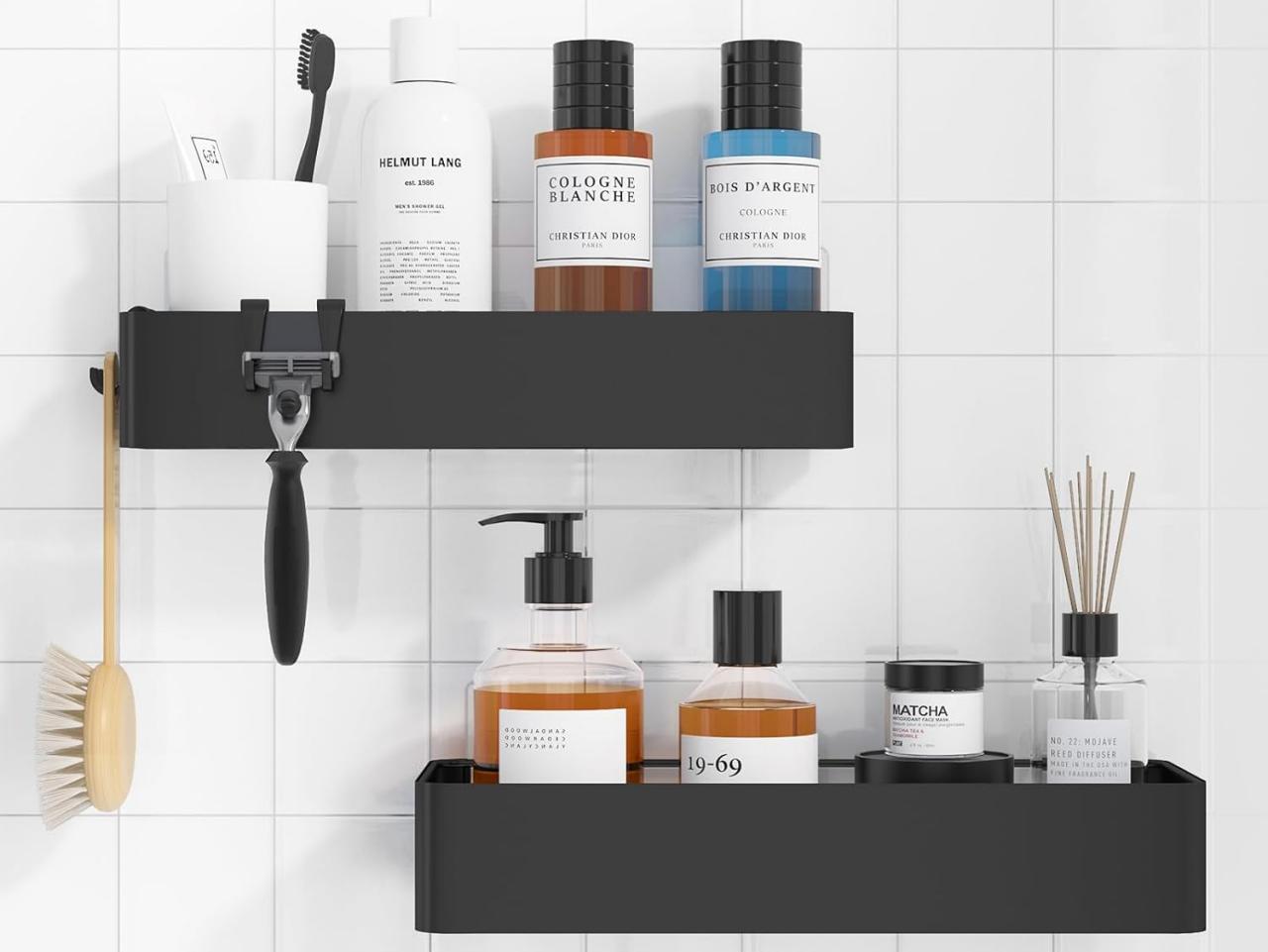
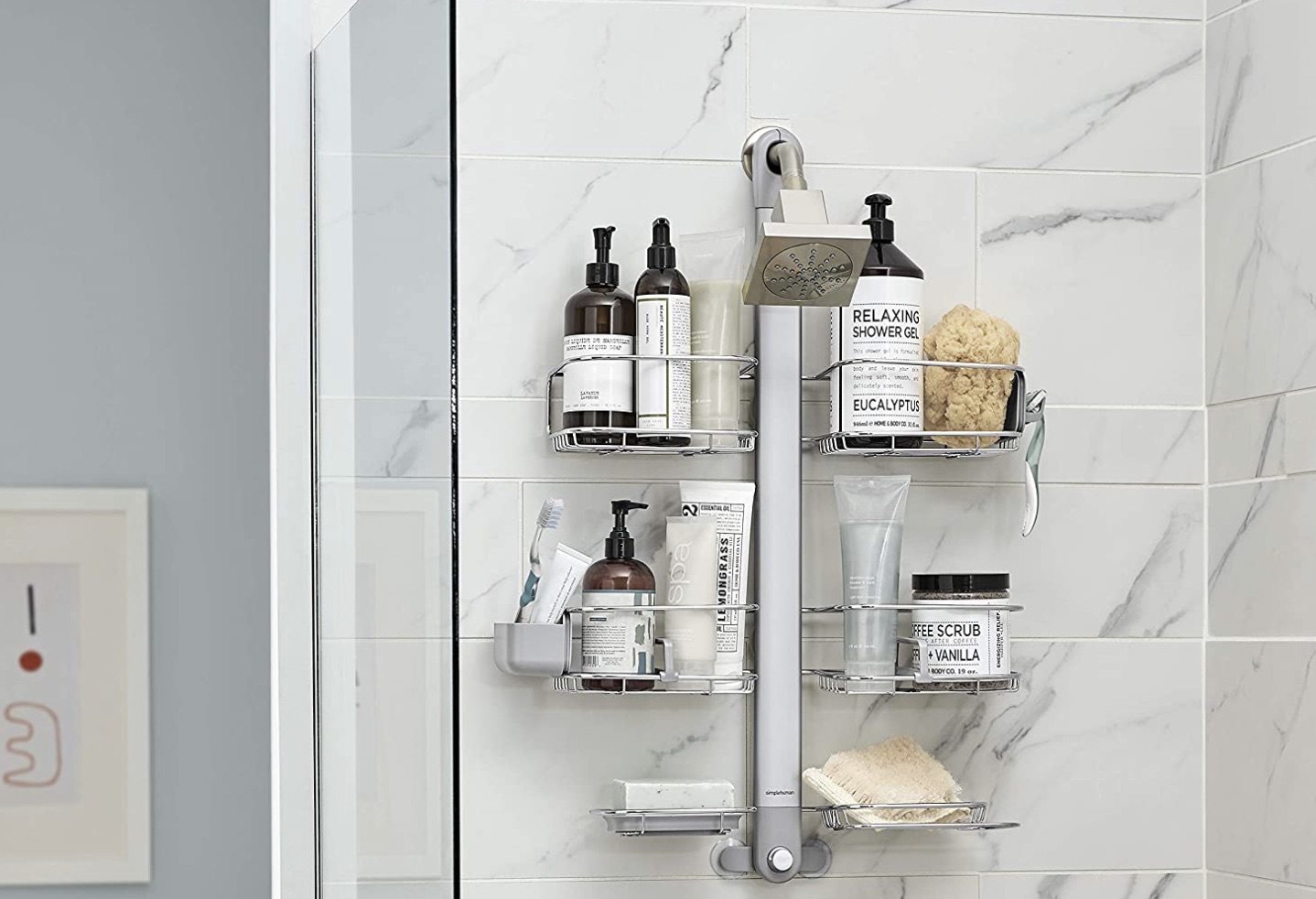
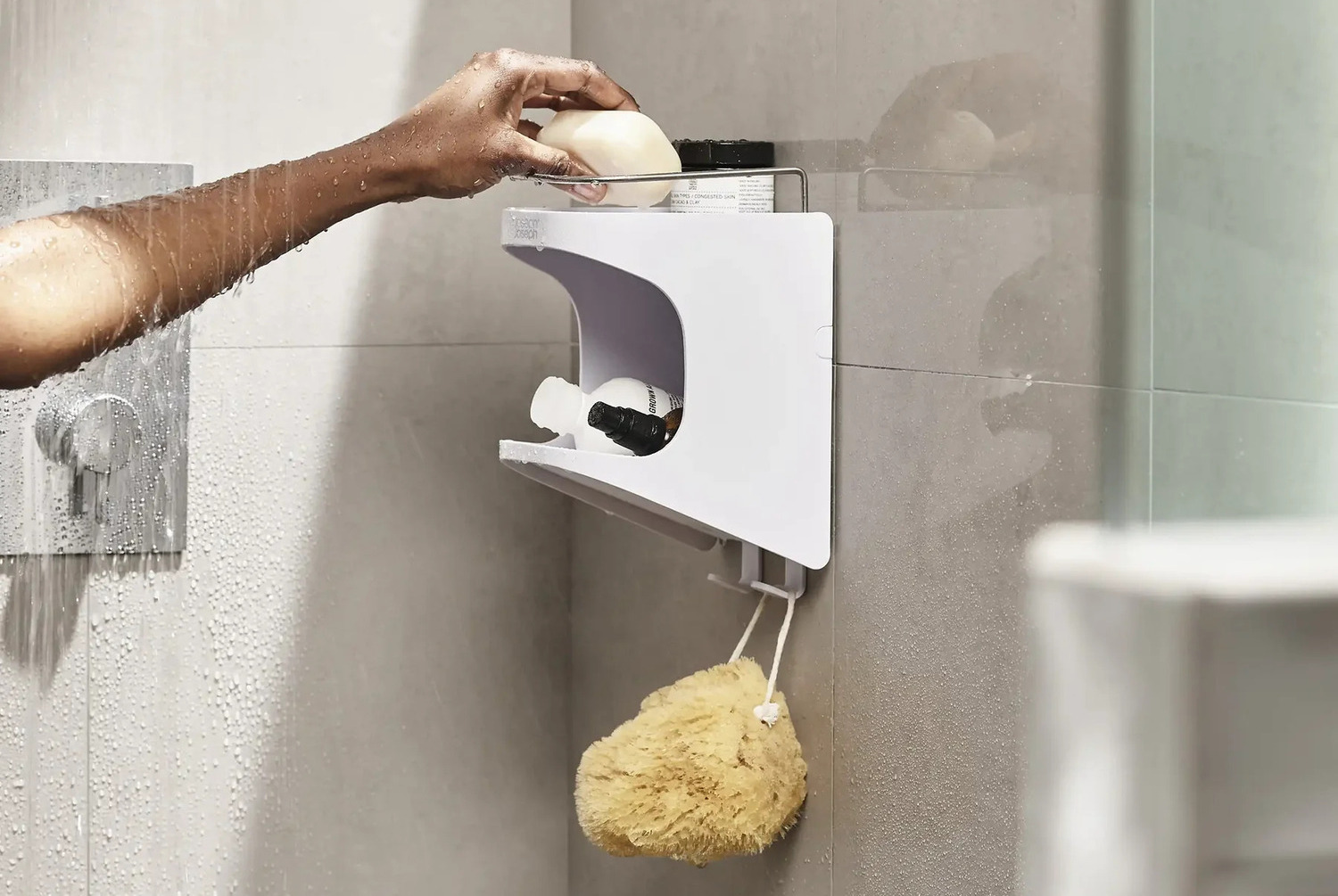

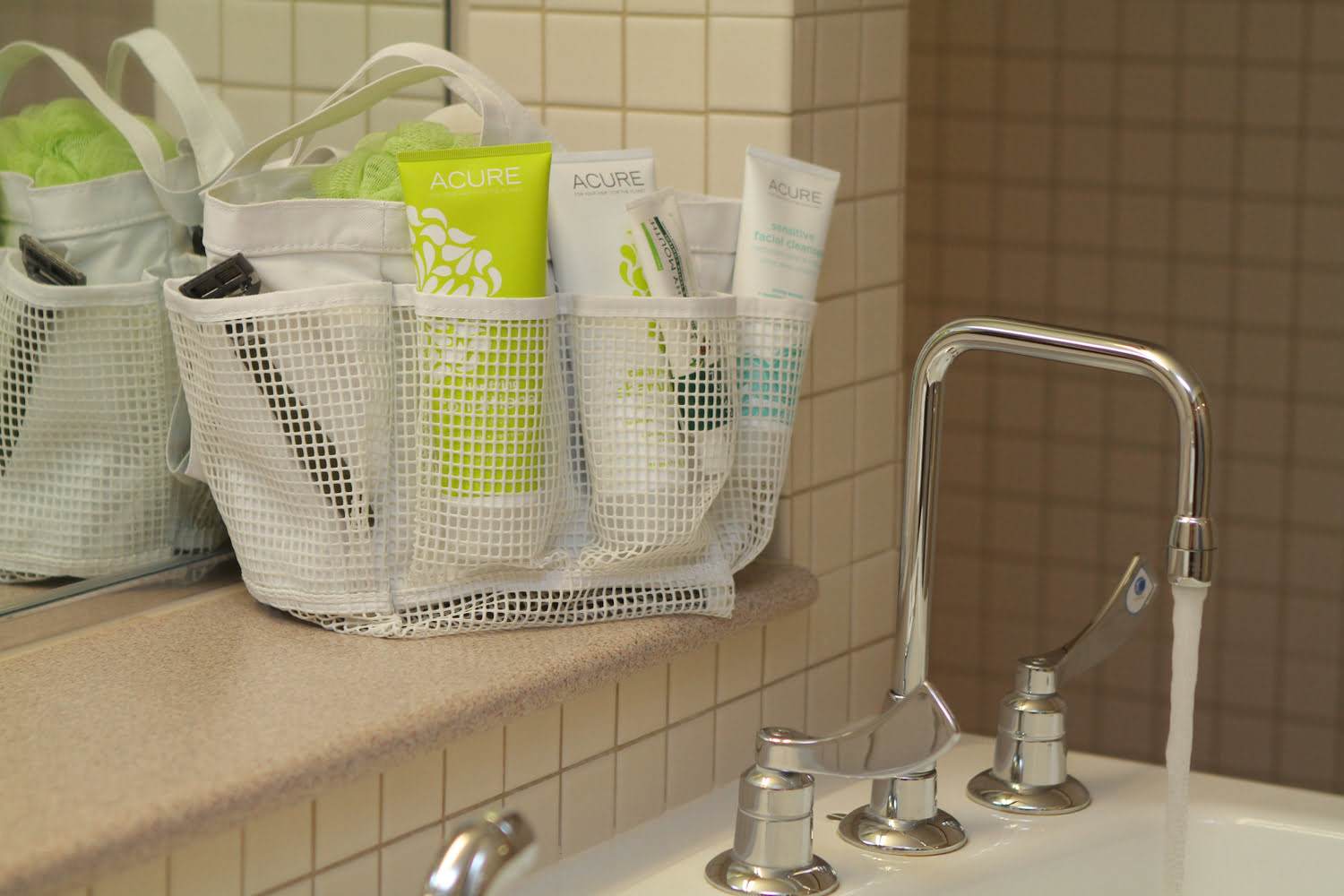
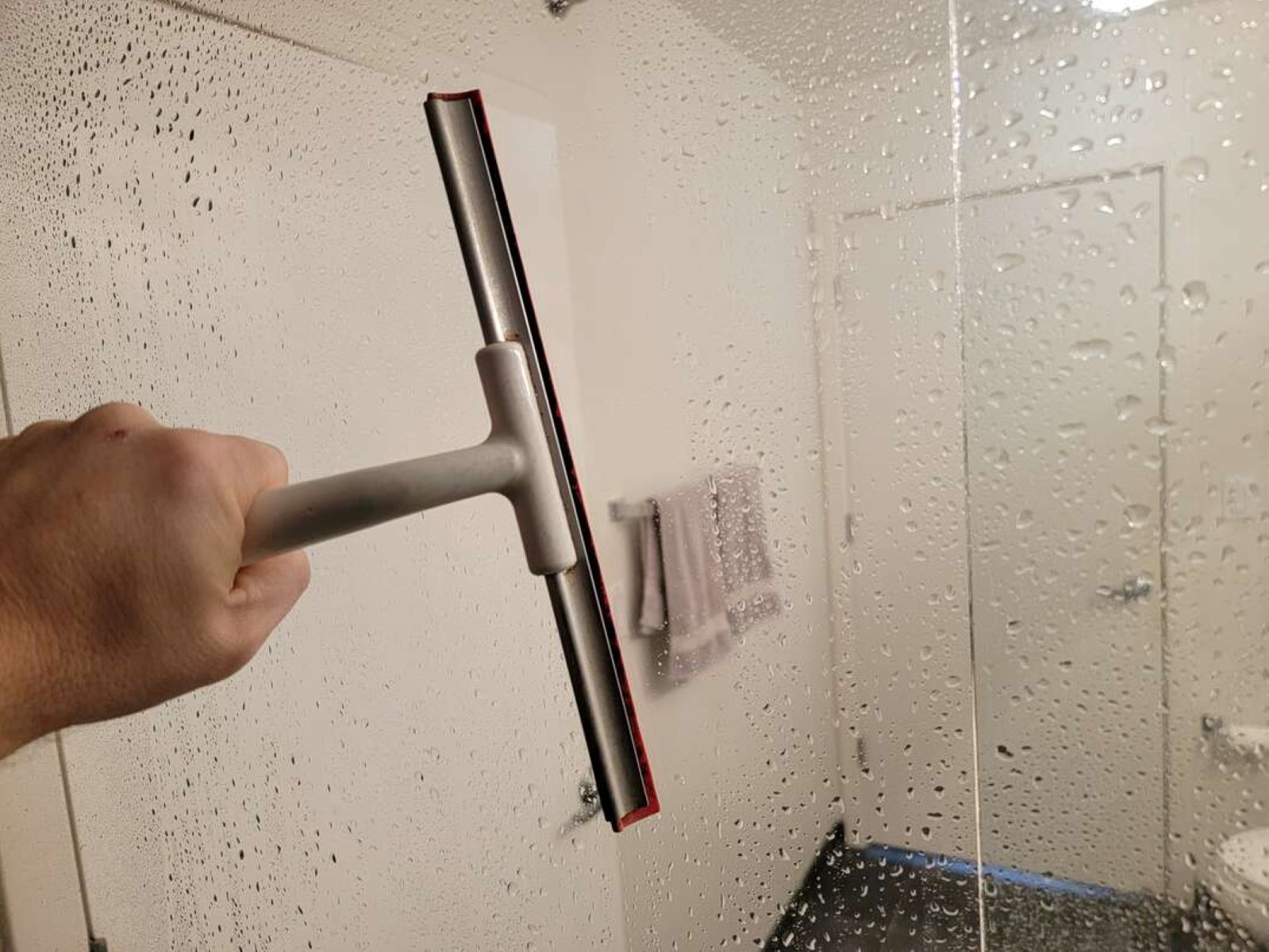
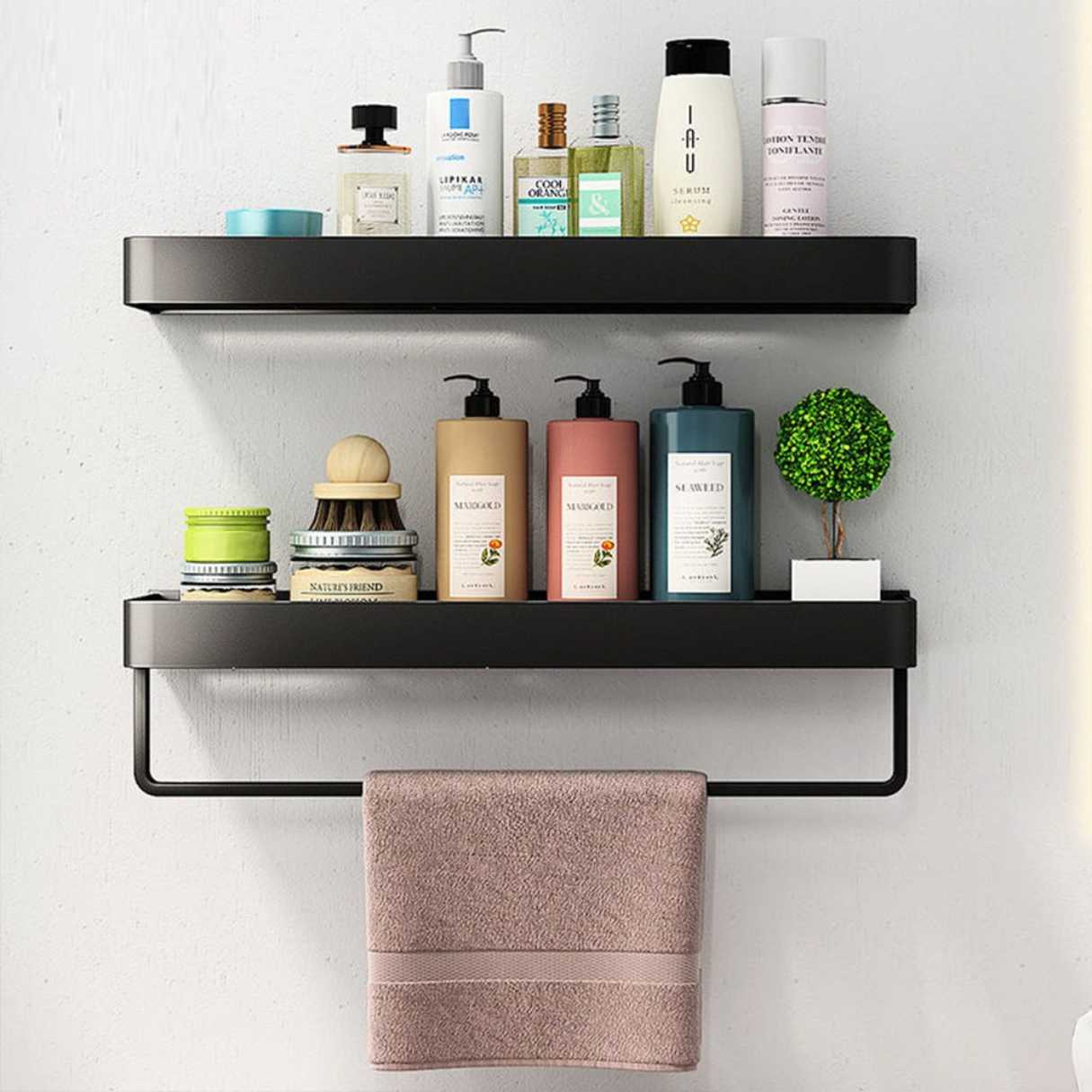

0 thoughts on “How To Prevent Shower Caddy From Falling”